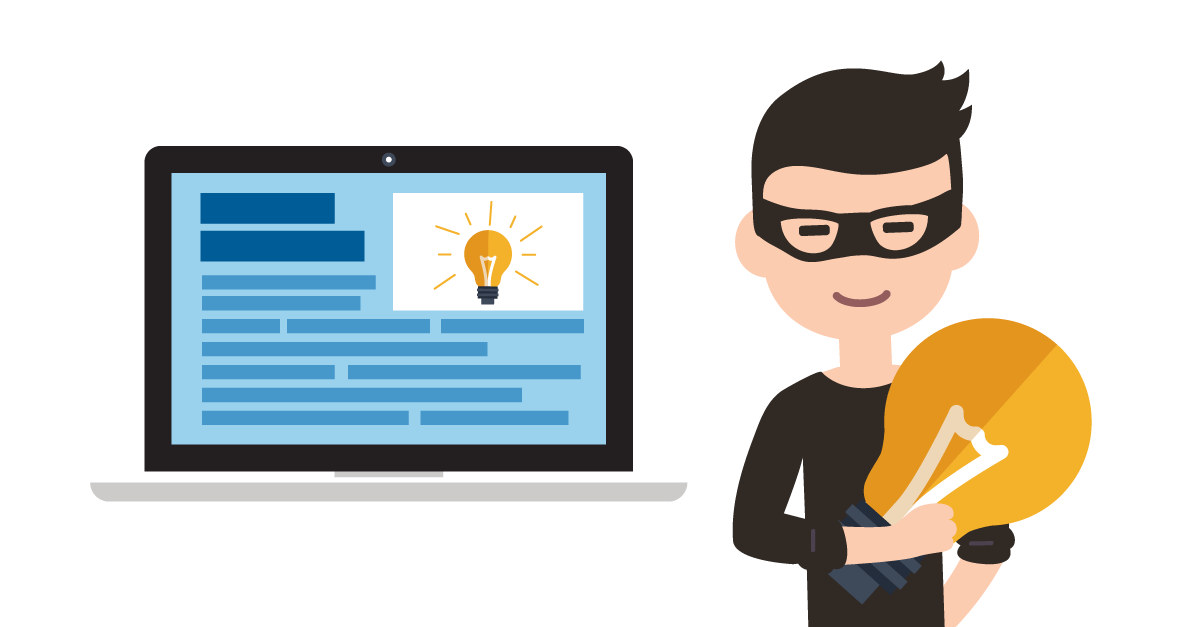How to Take Down Stolen Content from the Internet

Stolen content is a frustrating issue for many creators and businesses. Whether it’s text, images, videos, or other intellectual property, having your content stolen and posted online without permission can harm your reputation and your business. Fortunately, there are steps you can take to remove stolen content from the internet. This article will guide you through the process of taking down stolen content and protecting your rights.
Understanding Content Theft
Content theft occurs when someone uses your work without your permission. This could be anything from copying a blog post to using your photos, videos, or even your brand’s logo on another website. Content theft not only violates your intellectual property rights but can also lead to lost revenue, especially if the stolen content is used for commercial purposes.
Before you take action, it’s important to identify the stolen content and where it’s being used. Make a list of the URLs where your content appears and gather any evidence that proves the content is yours, such as the original publication date or metadata from the files.
Contacting the Website Owner
The first step in removing stolen content is to contact the owner of the website where the content is posted. Often, website owners are unaware that the content they are using is stolen. In these cases, a polite request for removal is usually enough.
When contacting the website owner, be clear and concise. Explain that the content is yours and that it has been used without your permission. Provide a link to the original content and the URL where the stolen content is located. Politely request that they remove the content immediately.
You can use a template like this:
“Dear [Website Owner’s Name],
I am the owner of [Your Content, e.g., a blog post titled ‘How to Remove Stolen Content’]. It has come to my attention that this content is being used on your website without my permission. The original content can be found at [Your Original Content URL], and the unauthorized copy is at [URL of the Stolen Content].
I kindly request that you remove the content from your website as soon as possible to resolve this matter.
Thank you for your cooperation.
Sincerely, [Your Name]”
Filing a DMCA Takedown Notice
If the website owner does not respond or refuses to remove the stolen content, the next step is to file a DMCA (Digital Millennium Copyright Act) takedown notice. The DMCA is a law that protects copyrighted material and allows you to request the removal of content that infringes on your copyright.
To file a DMCA takedown notice, you will need to:
- Identify the content that has been stolen.
- Gather proof that you own the content.
- Find the contact information for the website’s hosting provider. You can use tools like WHOIS to find this information.
- Draft a DMCA takedown notice. This notice should include your contact information, a description of the copyrighted work, the location of the infringing content, and a statement that you are acting in good faith and believe the content is being used without your permission.
Here’s a simple template you can use:
“To Whom It May Concern,
I am the owner of the copyrighted work titled [Your Content Title]. The original content can be found at [Your Original Content URL]. It has come to my attention that this content is being used on [URL of the Stolen Content] without my permission.
I hereby request that you remove or disable access to the infringing content in accordance with the Digital Millennium Copyright Act.
I have a good faith belief that the use of the copyrighted material described above is not authorized by the copyright owner, its agent, or the law.
Sincerely, [Your Name] [Your Contact Information]”
Send the notice to the hosting provider’s designated DMCA agent. They are required by law to act on valid DMCA takedown requests.
Monitoring the Situation
After filing a DMCA takedown notice, it’s important to monitor the situation. Check back to see if the content has been removed. In most cases, hosting providers will take down the content within a few days. However, if the content is not removed, you may need to follow up or seek legal assistance.
Using Professional Services
If the process of removing stolen content becomes overwhelming or if you’re dealing with multiple instances of content theft, consider using a professional service. Services like erase.com specialize in removing unwanted content from the internet. They can help you navigate the process and ensure that your content is taken down quickly and effectively.
Professional services can also monitor the internet for future instances of content theft, helping you to protect your intellectual property over the long term.
Protecting Your Content in the Future
While taking down stolen content is important, it’s also crucial to take steps to protect your content in the future. Here are a few tips:
- Watermark Your Images: Adding a watermark to your images can deter others from using them without permission.
- Use Copyright Notices: Include a copyright notice on your website and other content to make it clear that your work is protected.
- Set Up Google Alerts: Use Google Alerts to monitor the internet for mentions of your content. This can help you catch instances of content theft early.
- Register Your Copyright: For extra protection, consider registering your copyright with the U.S. Copyright Office. This can make it easier to take legal action if your content is stolen.
Conclusion
Dealing with stolen content on the internet can be frustrating, but by taking the right steps, you can protect your rights and have the content removed. Start by contacting the website owner, then file a DMCA takedown notice if necessary. If you need help, professional services like erase.com can assist you in getting the content removed quickly and efficiently. By taking action and protecting your content, you can ensure that your work remains yours and is not misused online.









